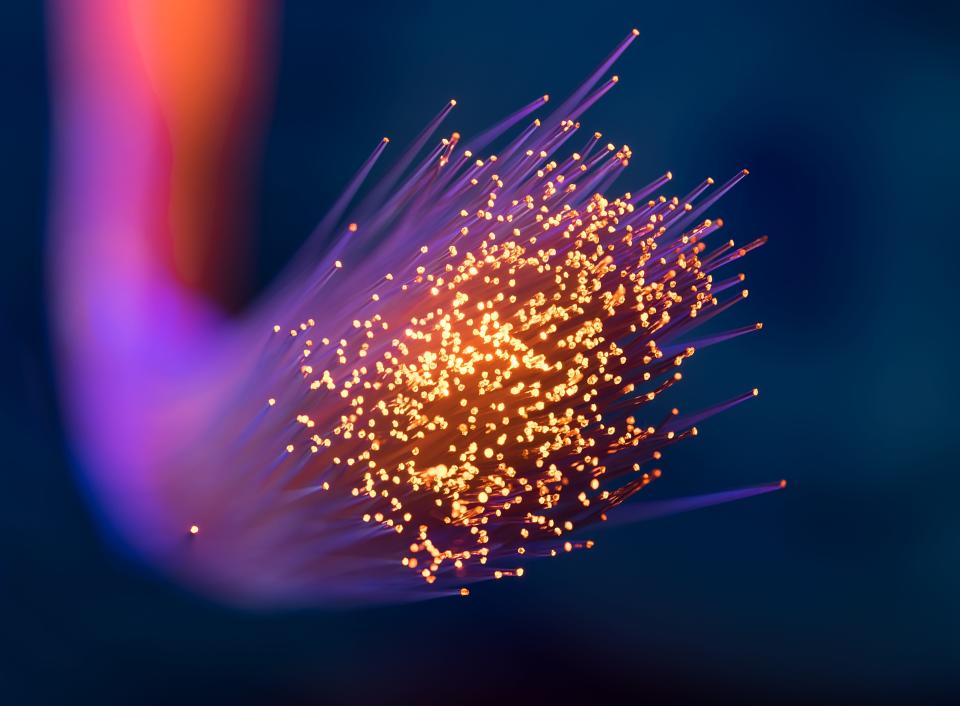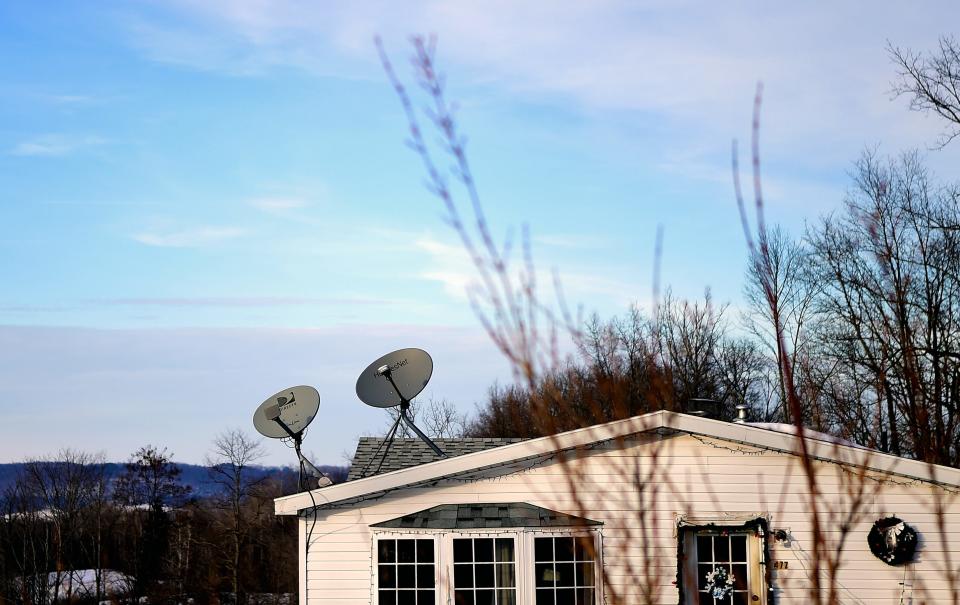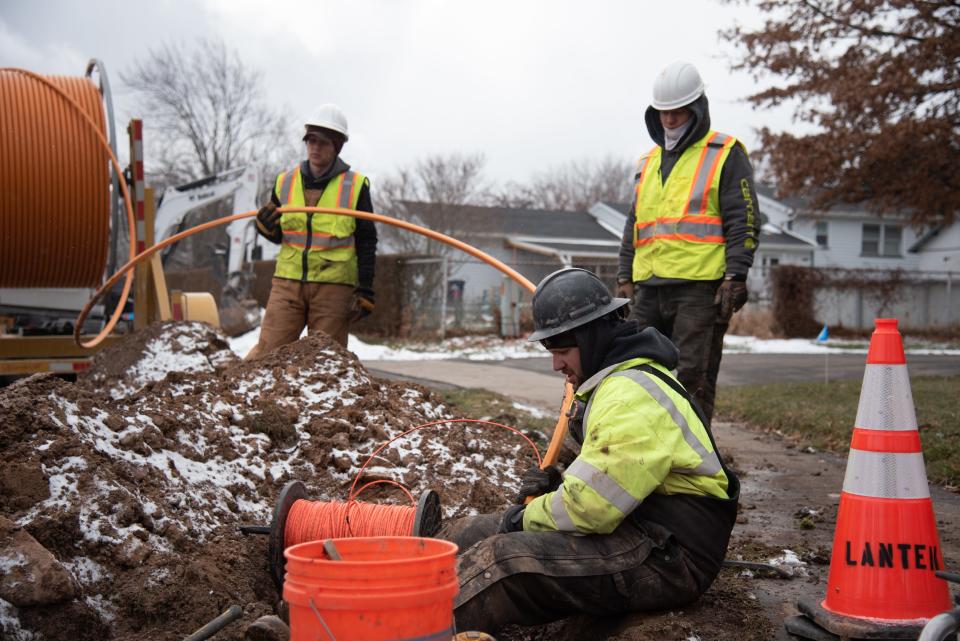NY got $670M to increase rural internet access. Which parts of the state need it most?
Eight years after New York first launched its Broadband for All plan to bring internet access to homes across the state, some rural residents still don’t have reliable broadband internet access.
A $670 million federal cash infusion, announced last week, could change that.
New York’s $1 billion ConnectAll initiative is the latest way the state allocates funding for internet connection projects around the state — it came after New York’s $500 million Broadband for All program, which launched in 2015.

Now, $670 million in federal money — one of the largest single investments in broadband connectivity in New York’s history — will be allocated to build crucial internet infrastructure in some of the state’s most rural areas. This funding comes from the federal bipartisan Infrastructure Investment & Jobs Act, passed in 2021.
“Long before the pandemic, communities across New York, from rural communities upstate to bustling city neighborhoods, have struggled to obtain reliable high-speed internet service,” said U.S. Sen. Charles Schumer, D-NY, last week. “Whether it is for work, school, or getting the health care you need, access to the internet is not a luxury, but a necessity for modern life.”
This funding is one of several recent federal allocations for broadband access in New York, including $100 million from the American Rescue Plan and another $14.5 million for broadband expansion in the North Country, from the federal Middle Mile Broadband Infrastructure program.
More than 90% of all New York households had a broadband internet subscription in 2021, up from 86% in 2019, according to a recent report from the New York State Comptroller’s Office.
FCC maps and how to challenge them Do you have a bad internet connection? The FCC wants your input to improve it
Which parts of NY will get new internet projects?
New York will have to submit a proposal for federal grant distribution, and, when that's done, New York internet service providers still need to submit proposals to the state to use this funding for projects in underserved areas. So we don’t yet know where, or when, these projects will be greenlighted.
But the Federal Communications Commission’s National Broadband map gives us clues about which parts of New York are still lacking sufficient internet connection.

The map shows which regions are lacking in broadband or mobile internet coverage by percentage.
For example, in parts of the Catskills and Southern Tier, only about 10 to 15% of “units,” meaning residences or small businesses, are covered by fixed broadband coverage with at least 25 megabits-per-second, or mbps, in download speed.
“Fixed broadband” defines any internet connection made through fiber, cable, DSL, or satellite. New York has traditionally defined “broadband internet” as download speeds of 100 mbps, and 25 mbps in the most “unserved” areas.

Coverage in the Adirondack Park is even worse, with some areas showing 0% fixed broadband coverage.
New York’s mobile internet coverage is much better, the map reports — most areas show 100% coverage. Still, parts of the Adirondacks are at 5 to 15% mobile coverage, while areas of the Catskills show 20% to 38% coverage.
States and their residents can challenge parts of the map they believe inaccurately reflect whether a particular area has a solid internet connection. For more information on submitting a challenge to the map, go to broadbandmap.fcc.gov/about.
The rural fight for better internet New York promises high-speed internet for all but this town was left behind
Are these tactics working to improve internet connection in NY?
They are working, particularly among low income New Yorkers, according to the New York State Comptroller’s Office.
Between 2019 and 2021, broadband subscriptions among New Yorkers making an annual income of $20,000 or less went up by nearly 14% — based in large part on federal internet access programs, the office’s report noted. By 2021, three quarters of these low-income households had a subscription.
As of May 2023, more than 1.3 million New York households had enrolled in the federal Affordable Connectivity Program, which allows households at or below 200% of the federal poverty level to access a $30 broadband subscription subsidy.
This article originally appeared on New York State Team: NY got $670M to expand internet access. Which regions need it most?

